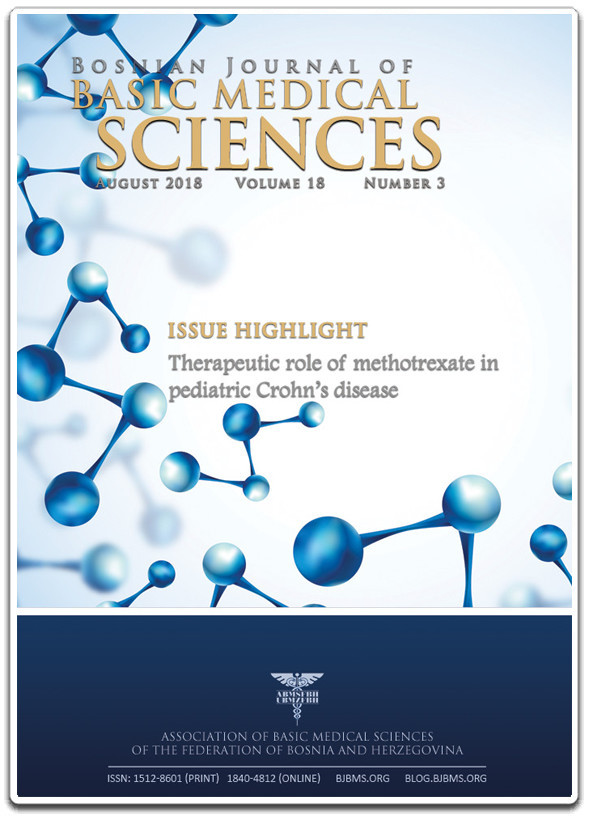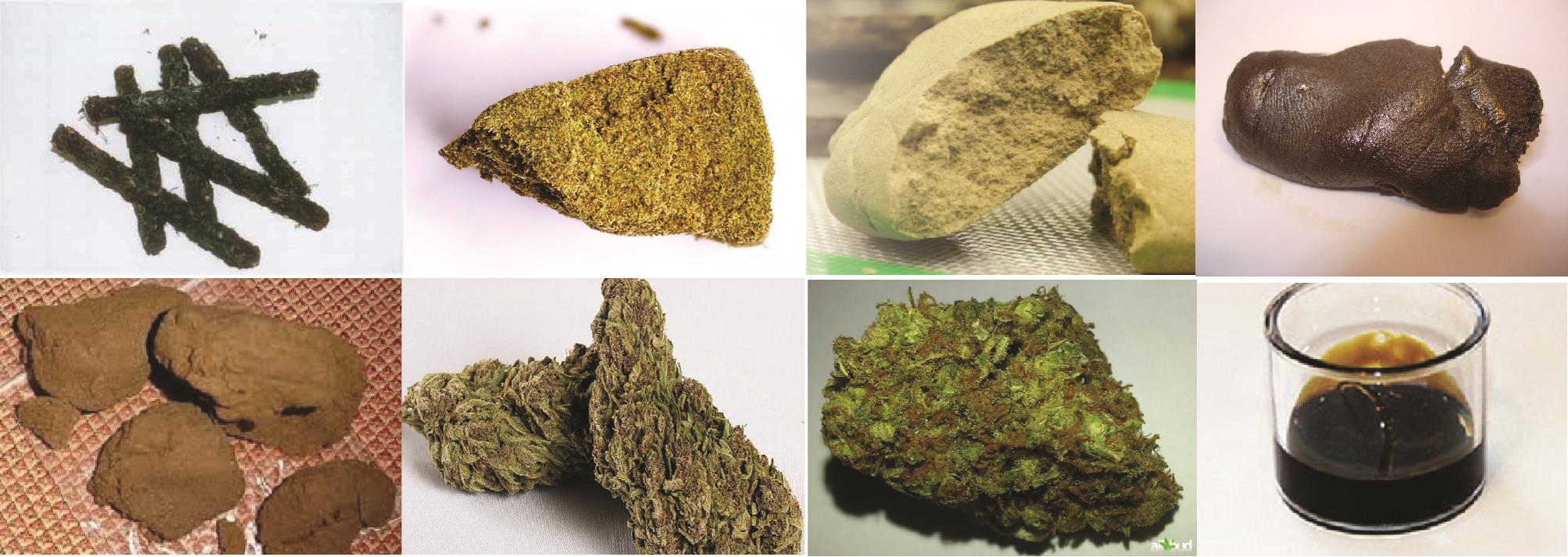 “Good pain management in children, especially those at end of life, is a crucial component of palliative medicine. The current review assesses some of the new and/or innovative ways to manage pain in children. The article focuses on some recent medications/pharmaceutical options such as cannabinoids and also innovative ways to administer medication to children, such as intranasal and inhalation.
“Good pain management in children, especially those at end of life, is a crucial component of palliative medicine. The current review assesses some of the new and/or innovative ways to manage pain in children. The article focuses on some recent medications/pharmaceutical options such as cannabinoids and also innovative ways to administer medication to children, such as intranasal and inhalation.
RECENT FINDINGS:
Current approaches to pain management now include (1) new uses of old drugs such as ketamine and lidocaine, (2) use of new drugs/medications such as cannabinoids, and (3) creative use of old technology such as atomizers, intranasal drops, and inhalation. Typically, novel approaches to care rarely start in pediatrics or palliative care. The current review has presented some new and old drugs being utilized in new and old ways.”
https://www.ncbi.nlm.nih.gov/pubmed/30714078
https://link.springer.com/article/10.1007%2Fs11912-019-0766-6

 “There is an increased interest in the use of cannabinoids in the treatment of symptoms in cancer and palliative care patients. Their multimodal action, in spite of limited efficacy, may make them an attractive alternative, particularly in patients with multiple concomitant symptoms of mild and moderate intensity. There is evidence to indicate
“There is an increased interest in the use of cannabinoids in the treatment of symptoms in cancer and palliative care patients. Their multimodal action, in spite of limited efficacy, may make them an attractive alternative, particularly in patients with multiple concomitant symptoms of mild and moderate intensity. There is evidence to indicate 

 “Pain and symptom control challenges are common in palliative care, and the search for other therapeutic strategies is ongoing.
“Pain and symptom control challenges are common in palliative care, and the search for other therapeutic strategies is ongoing.



